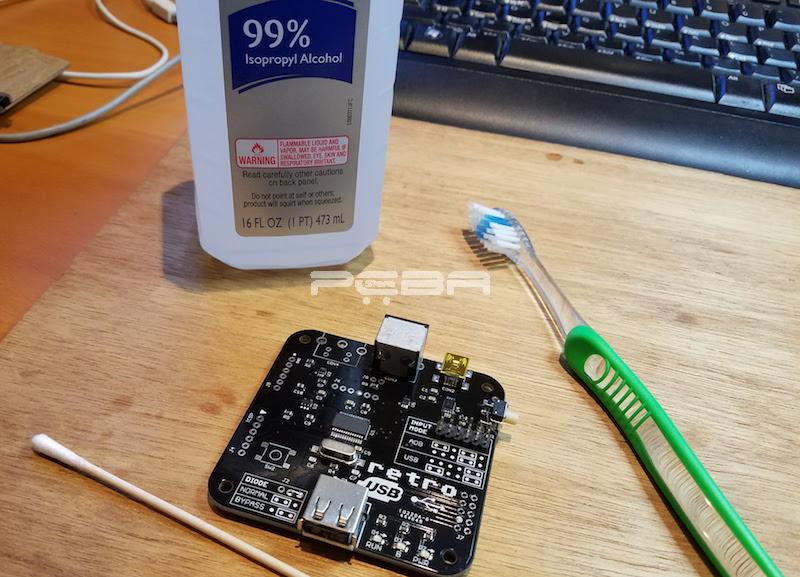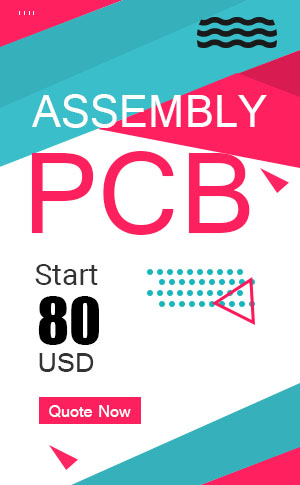General, quoting & support.
Add: Building E, No.58, Nanchang Road, Xixiang , Baoan District Shenzhen City, Guangdong, China
Tel : 0755-27348887
Fax : 0755-27349876
E-mail : svc@pcbastore.com
How to Cut PCB
Simon / 2020-11-16
Contents [hide]
PCB (Printed Circuit Board) is used all the time for different projects, and most stores sell PCBs in a variety of different sizes and shapes, so often, you can find just what you need for your project. But what happens when you don't? You need to cut it!
Chances are if you are reading this article, you have either already started trying to cut it and discovered it was a rather difficult process, or you have not even attempted it yet because you do not know where to start. Either way, this article will help you cut your PCB efficiently, easily, and safely. BTW, if you already cut the PCB yourself and finished the solidified compopents, you might need to clean the flux on pcb so that it works wells.

Why We Need to Cut PCB
What is PCB?
PCB stands for printed circuit boards, and they are used in pretty much every single modern electronic device, and they come in a variety of different sizes and complexity levels. For the most part, PCBs are hard or rigid, but they do make some that you can fold and bend to make them fit in more places.
As stated previously, some PCBs are really simple. Take, for example, the PCB in your garage door opener. It is probably really small and only one layer, which makes it pretty straight forward if you wanted to cut it. On the other hand, some PCBs are really dense and can have lots of layers, making them more complicated to cut.
The components of all PCBs, whether they are simple or complex, are made up of two main categories of parts: mechanical and electrical. When you are cutting PCBs, you need to make sure that these parts still work when you are done.
The Benefits of Cutting PCB
To start with the obvious reason, cutting your PCB will allow you to get the perfect size board, so it fits snuggly in place, but you do not need to make your device or project bigger to accommodate it. While there are generally companies that you can either take your PCB to, and they will cut it or offer custom-sized PCBs, those options are often much more expensive than buying a more standard-sized PCB and cutting it yourself.
Additionally, when you cut your own PCB, you can keep the spare parts. That may sound useless to you: what are you going to do with spare parts? But you would be surprised how often spare PCB parts come in hand, especially if you are able to cut it in a way that the extra parts still are able to function because then you have multiple boards for the price of one!
Preparation for Cutting PCB
Before you can even cut the PCB, there are a few things that you need to do in preparation. Your first step should be putting on the proper safety gear, which includes safety goggles and a nose mask. If any small PCB pieces go flying while you are cutting and get stuck in your eye, you will be in a lot of pain, and it could result in significant damage. Additionally, you do not want to accidentally inhale any fumes or small pieces.
After you are prepared, you can go about preparing the actual PCB. First, you need to wipe down the circuit board; to do that, you should use a soft and nonabrasive cloth, so you do not damage it. Next, you need to prepare your cutter: lift up the blade and place down a piece of paper underneath it, which will protect the bottom side of your PCB. Finally, place your PCB copper-line faced up on the paper.
Processes for How to Cut PCB
When you are cutting a PCB, there are two main processes you have to go through. The first is actually cutting the PCB, and the second is sanding the PCB to make sure the edges are smooth. The first is a given, but many people do not think about or choose to skip the second step, but that is not a good idea because after you cut the PCB, you will find the edges to be more jagged and sharp.
Process One: Cutting the PCB
When you go about actually cutting your board, you have to do it carefully because if you cut it wrong, you are going to end up having to spend more time, money, and energy on cutting the PCB. While below, you will find a general explanation as to how to cut PCB and how to do so safely; you need to read the instructions (especially the safety instructions) for your specific saw and follow those directions. However, no matter what kind of saw you have, there are some general steps you can follow and safety precautions you can take (such as wearing proper protective wear) that will ensure that the process goes smoothly and safely. Additionally, if you have any extra or old PCB pieces that you cannot or will not sue for anything else, it is a good idea to practice on those before cutting the one you really need.
Steps for Cutting PCB
Before you even move the table saw down towards the PCB, ensure that the edge of the PCB is sitting against the tip edge of your cutter as that will ensure that the measurements are accurate. If you get the measurements wrong, you might have to get another PCB or spend a lot of time sanding it down. After you are absolutely positive that you have your PCB aligned up properly, you can move on to actually make the cut. Place one of your hands on the PCB (not under the blade or even close to the blade, of course). Holding on to the PCB will prevent it from sliding. After you have it secure, pull down the blade forcefully or, if it is a table saw, turn on the table saw and feed the PCB through it.
Now, if one of the biggest benefits to cutting your own PCB is saving money and you do not have a cutter, which makes cutting your own considerably more expensive, you may be thinking it is not worth it. But actually, you do not need to have a really fancy table saw to cut PCB; you can make your own.
Start by buying the cutter and the blades. You want a strong cutter, one that is at least made out of durable metal, and if you can find one with multiple blades, that could be helpful. However, you do not simply cut your PCB with the traditional blade, but rather you have to cut it so that there is a hook shape on the end. You can use a grinding wheel or mini Dremel drill to do so.
After you have your cutter, you need to prepare the surface you will cut on. Take a strong wooden board (a thick wooden cutting board often works) and glue on a rubber sheet so that your PCB does not slip around. Your final step is adding the rulers. Attach two metal rulers to your board with screws and bolts, ensuring that there is enough space between the board and the rulers to easily slide the PCB in. And there you go, your very own, very reasonably priced, cutter.
Process Two: Sanding the PCB
The second process involved in cutting PCB is sanding the PCB. While this part is often forgotten by most people, it is extremely important so that the edge of the PCB will be smooth and not sharp. Again, while there may be some variation depending on your unique situation, below, you will find general explanations as to what the best method for sanding your PCB after cutting it yourself is.
After you are done cutting your PCB, you want to lift up the table saw or other form of sharp tool and remove the PCB from the area. Before you actually sand anything, make sure that you wipe it with a soft, non-abrasive cloth to remove any and all dirt and debris that could be problematic. After you are done wiping it down, you can actually sand it. You should use sandpaper with 200+grit and sand the edge until it gets smooth to touch. Once you are done sanding down the PCB, you need to wipe it down once more, but this time with a wet or damp cloth. Use the cloth to clean off any dirt, grime, or oxidation.
Conclusion
You see, cutting your own PCB does not have to be an intimidating process, and you do not even need to own any fancy tools to do it. Having the ability to cut your PCB into whatever size and shape you want will make it possible for you to do many different kinds of projects. You will also probably find yourself saving a lot of money, and you can do all this even if you do not have a fancy saw. Don't let the inability to find the right size or shipping time (or charge) stop you from completing your project; just cut it yourself. But if you do want to find some help, PCBA Store would always be there for you.







